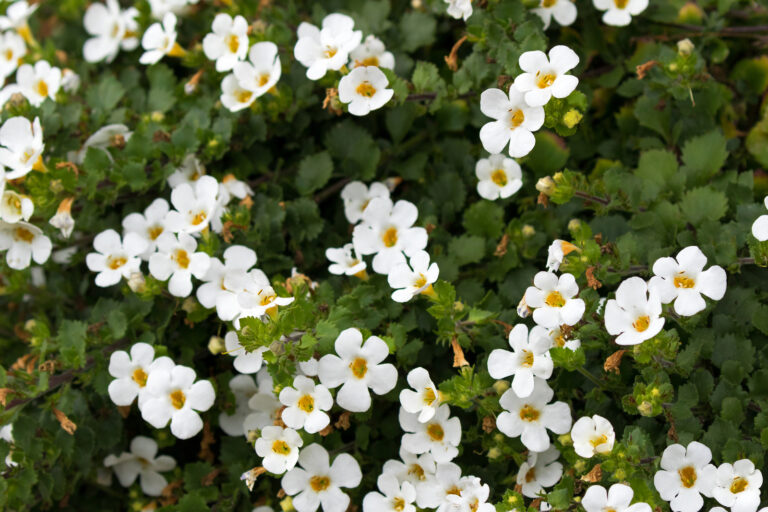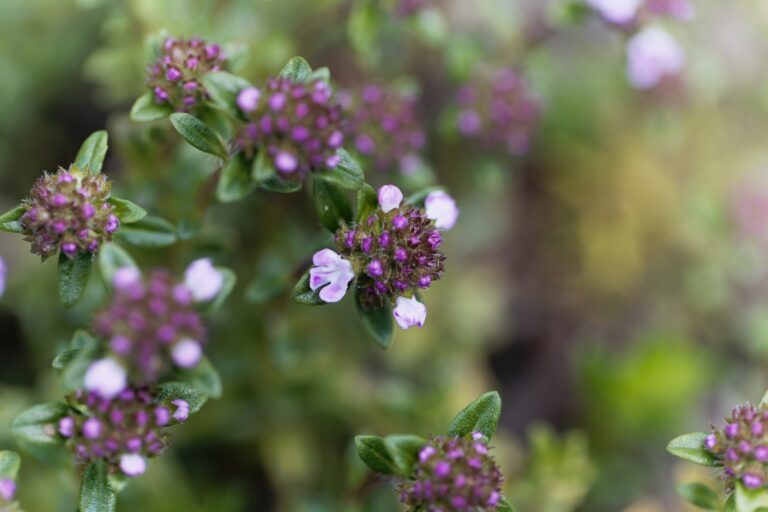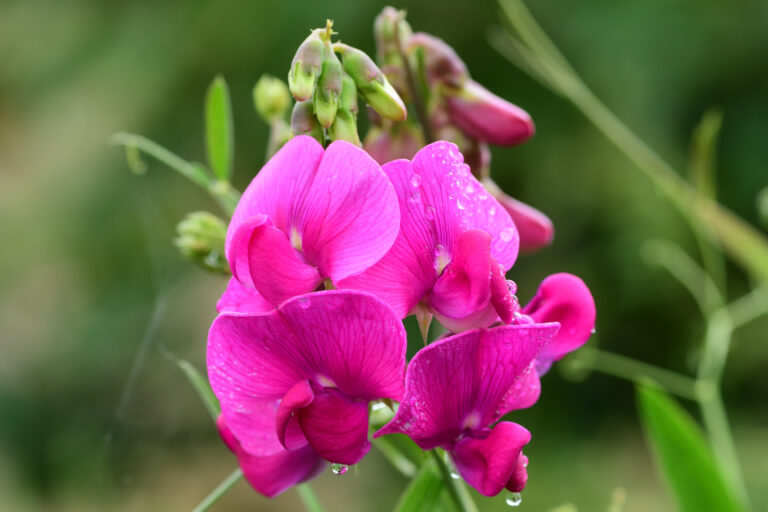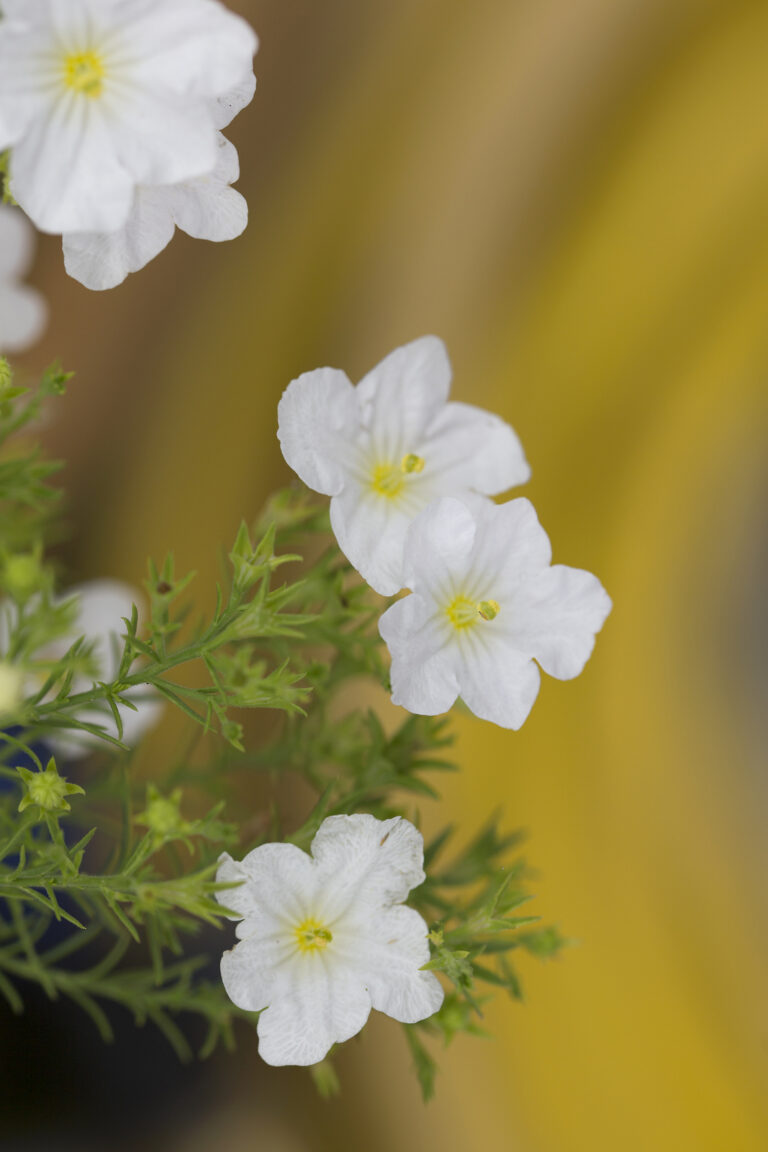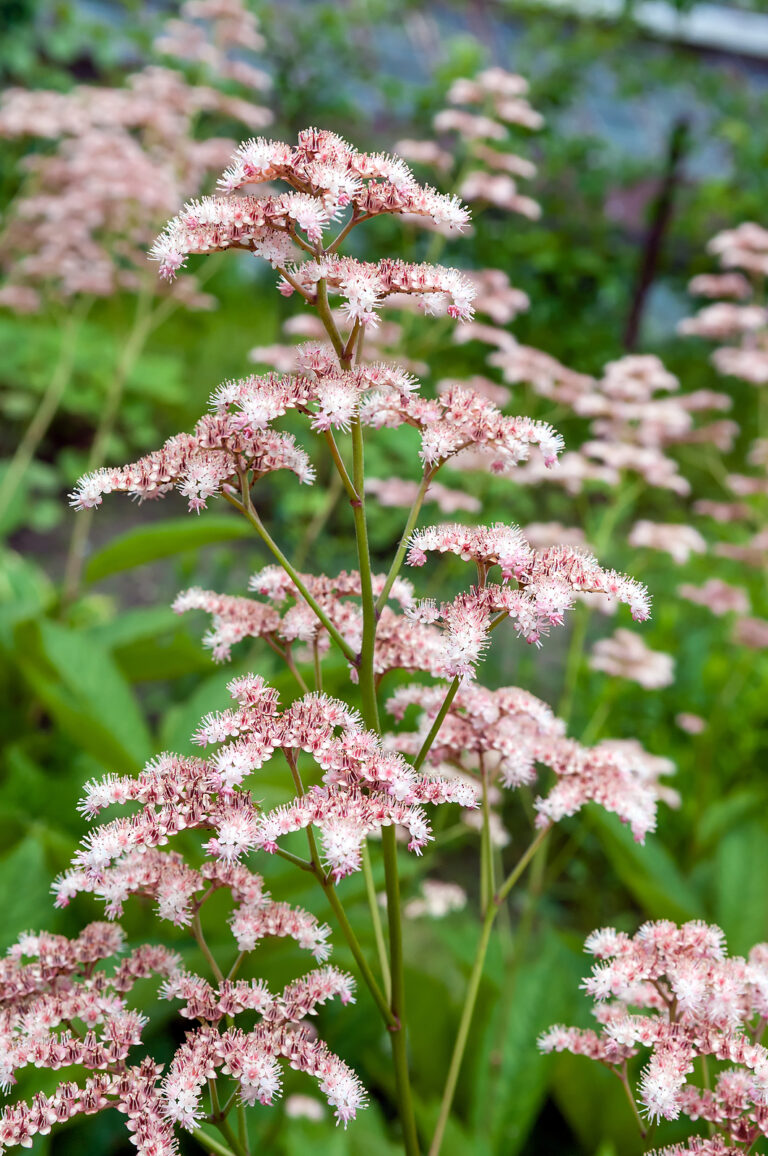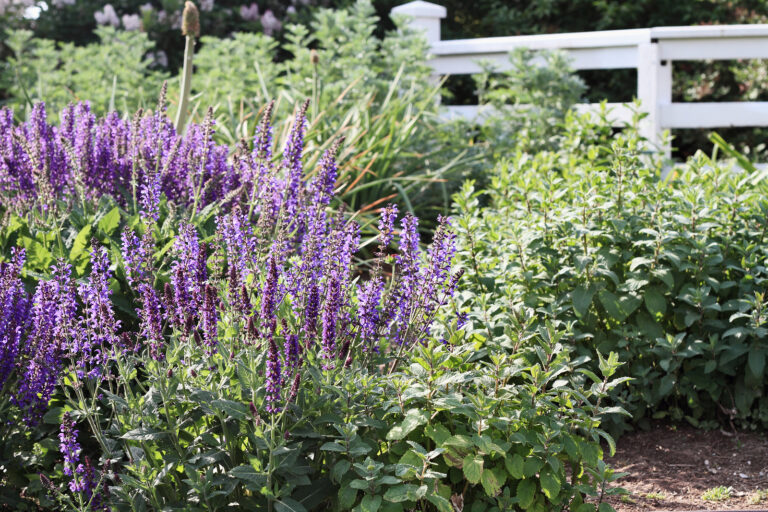How to Grow Globe Thistle — Echinops
Echinops–commonly called globe thistle-has globe-shaped, spiky metallic blue flower heads in late summer. This upright perennial has prickly, divided green leaves.
Echinops flower heads are spherical, about the size of a golf ball. Flowers appear on erect stems. Echinops leaves are spiky, usually grayish-white and wooly. Leaves are deeply cut, prickly, and up to a foot long.
Echinops is an undemanding plant suitable for large borders, meadows, wild gardens. Echinops want a sunny, warm site in well-drained, average soil. For best growth, keep the soil evenly moist.
Echinops can grow undivided in the sam place for many years.
The Echinops genus contains about 120 species of perennials, biennials, and annuals.
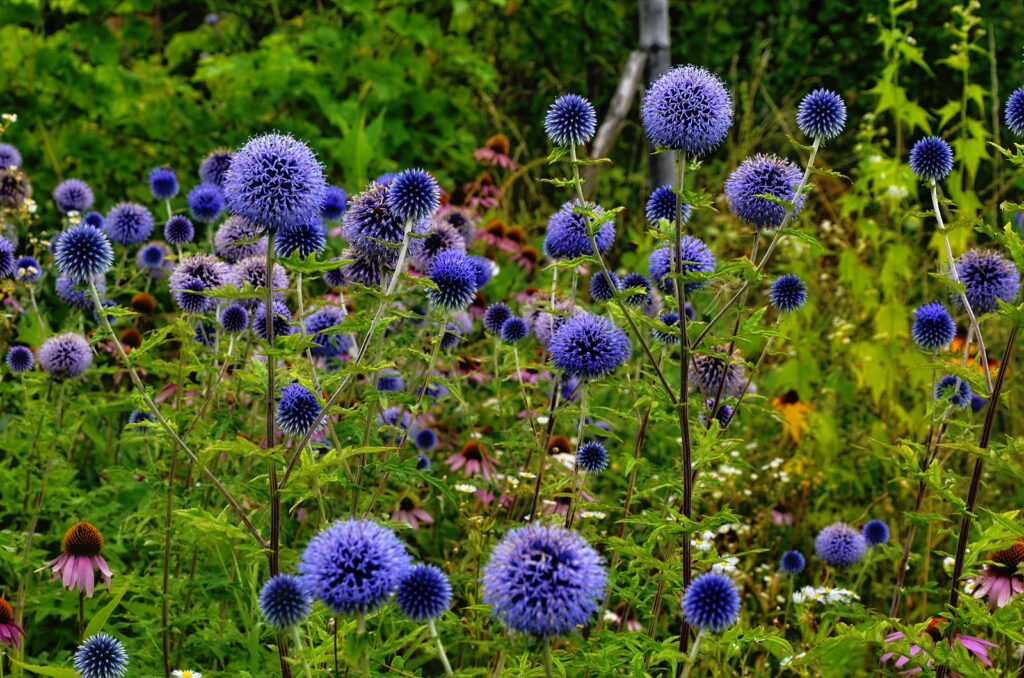
Get to know Echinops
- Plant type: Perennial
- Growing Zones and range: Zones 3-8
- Hardiness: Hardy
- Height and width: 2 to 4 feet (.6-1.2m) tall; 2 to 3 feet (.6-1m) wide
- Foliage: Spiny leaves, deeply cut and pirckly up to a foot long; usually grayish-white and wooly
- Flowers: Spiky spheres with bristly bracts on erect stems
- Flower color: Lavender or steely blue
- Bloom time: Mid- or late-summer
- Uses: Combine with ornamental grasses; interesting foliage texture; use in mixed borders
- Common name: Globe Thistle
- Botanical name: Echinops species
- Family: Asteraceae
- Origin: Grasslands of Europe and Asia
Where to plant Echinops
- Grow Echinops in full sun.
- Plant Echinops in average to poor, well-drained soil. Good drainage is important in winter.
Echinops uses and companions
- Plant Echinops in groups in a formal or informal garden for the best effect.
- Echinops is an excellent dried flower.
- Good garden companions for Echinops include Achillea, Gypsophila paniculata, Helenium autumnale, Papaver orientale, Rudbeckia.

When to plant Echinops
- Set established Echinops in spring or autumn.
- Sow seed in spring in evenly prepared soil.
Planting and spacing Echinops
- Space globe Echinops 2 to 3 feet (.6-1m) apart.
- Sow seed 1/8 inch deep.
- Echinops does not like transplanting to situate plants where they will grow to maturity.
How to water and feed Echinops
- Give Echinops moderate water; plants will tolerate drought when they mature.
- Echinops does not require feeding.
Echinops care
- Echinops will grow tall in rich soil and will need staking.
- Remove spent blooms. to encourage re-blooming.
- Divide plants in spring or fall every 3 to 4 years as needed.
- Echinops is usually pest-free.
Echinops pests and diseases
- Echinops is susceptible to infestation by aphids.
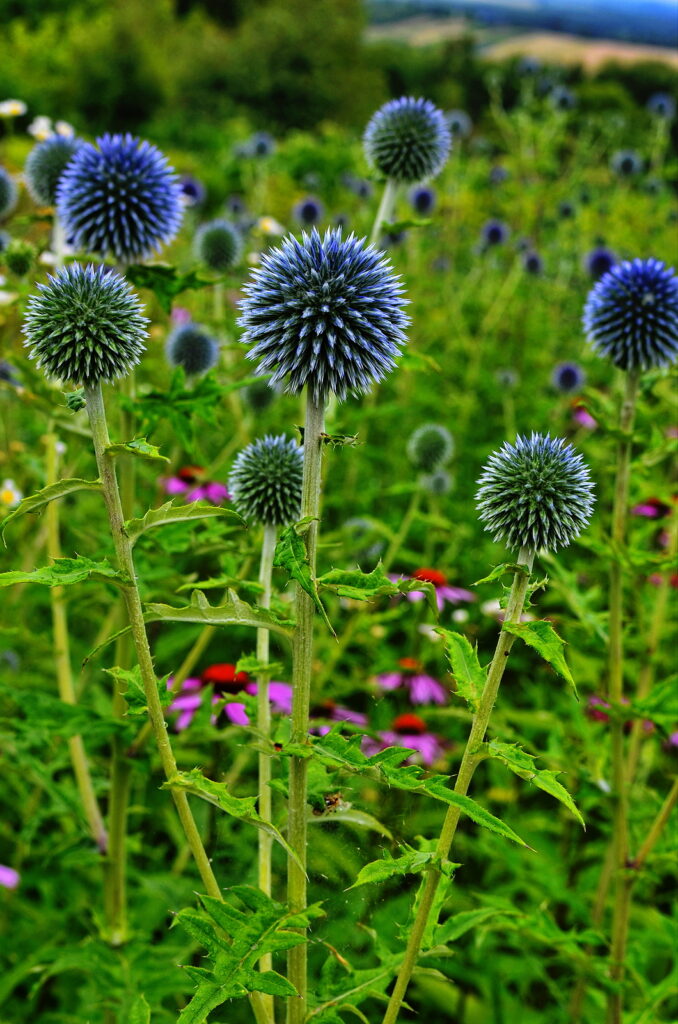
Echinops propagation
- Sow seed in spring. Echinops seeds will germinate in about 14 days at 55°-72°F (18°-22°C).
- Divide perennials from autumn to spring or insert root cuttings in autumn.
Echinops varieties to grow
- Echinops bannaticus: Grows 1.5 to 4 feet tall and forms a clump 2 feet wide; bears violet-blue to blue-gray flower heads from mid to late summer; cultivar ‘Taplow Blue’ is very popular.
- E. ritro, small globe thistle: Compact growth to 2 feet tall; bears blue-purple flower heads in mid to late summer; cultivar ‘Veitch’s Blue’ has dark metallic blue flowers.
- E. sphaerocephalus: Large clump-forming species that grows to 6 feet tall and half as wide; bears silver-gray flower heads on gray stems in mid- and late-summer.


